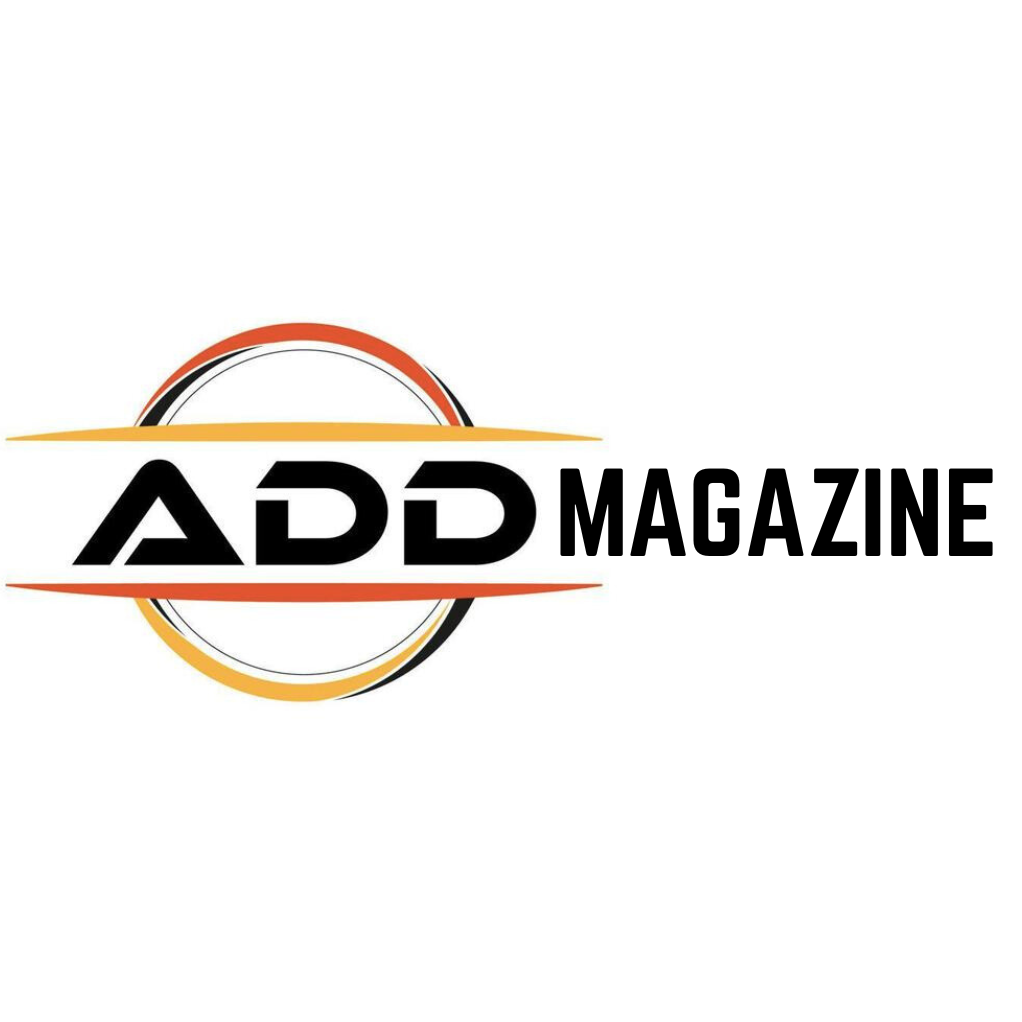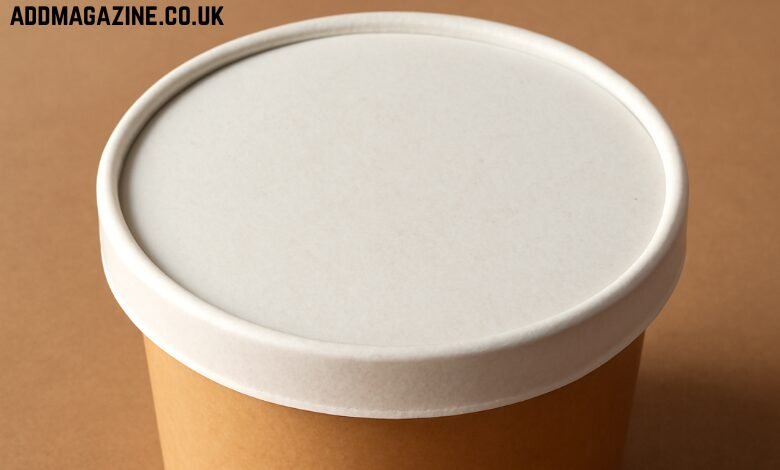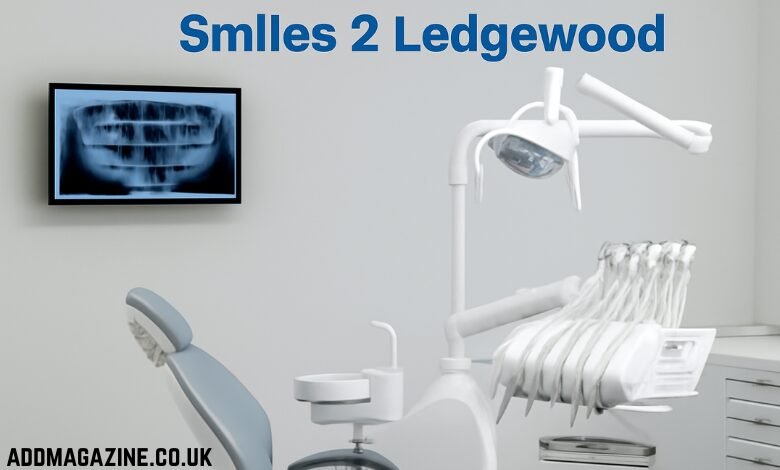Pappedeckel, a small yet significant cardboard lid, plays an integral role in the world of food packaging. While it may not be the most visible or glamorous aspect of the packaging process, its functionality and versatility make it an essential component in food preservation and transportation. This blog post explores the origin, purpose, design, materials used, benefits, and impact of Pappedeckel in the food industry, as well as its contribution to sustainability.
What is Pappedeckel?
At its core, a Pappedeckel is a small cardboard lid designed specifically to cover containers, especially in the context of food packaging. These lids are typically used in the packaging of various food products, providing a tight seal to protect the contents inside from contamination, environmental factors, and damage during transit or storage.
Pappedeckel is most commonly found in the packaging of products such as yogurt, sauces, soups, takeout meals, and ready-to-eat food items. Its compact and simple design makes it an affordable yet effective solution for many types of food packaging applications. While it might not be as well-known as other packaging materials like plastic or glass, it plays a crucial role in ensuring food safety, freshness, and convenience for both producers and consumers.
The Origin of Pappedeckel
Pappedeckel, as a cardboard lid, can trace its origins back to the early 20th century when cardboard packaging began to gain traction in the food industry. Before the widespread use of cardboard, food packaging was primarily done with materials like metal, glass, and wood. However, as industrialization took hold and manufacturing processes became more efficient, the use of cardboard and paperboard products became more common.
Cardboard’s affordability, ease of production, and versatility made it a natural fit for a variety of applications, including food packaging. In particular, the development of food containers that could be easily sealed and transported to consumers led to the rise of the Pappedeckel as an essential packaging component. Over time, advancements in cardboard production and sealing techniques allowed for the creation of Pappedeckel lids that were more effective at maintaining freshness, hygiene, and product integrity.
The widespread adoption of cardboard packaging in food products came about in the mid-20th century, as companies began to realize its environmental benefits and cost-effectiveness over materials like plastic and metal. This trend continues to this day, with Pappedeckel being a commonly used packaging component in many food industries.
Advantages of Pappedeckel in Food Packaging
1. Cost-Effective
Pappedeckel is a highly affordable packaging solution for manufacturers. Cardboard is relatively inexpensive compared to other packaging materials like plastic, glass, or metal, making it an attractive choice for companies looking to reduce production costs. The simple design of Pappedeckel further lowers manufacturing expenses, as it can be produced quickly and efficiently with minimal resources.
2. Lightweight
The lightweight nature of cardboard makes Pappedeckel an ideal option for food packaging. It does not add significant weight to the overall product, which helps keep transportation costs low. Lightweight packaging is particularly beneficial for takeout food businesses, where minimizing shipping and delivery costs is essential for maintaining profitability.
3. Versatility
Pappedeckel is highly versatile and can be used for a wide range of food products. Whether it’s for single-serving containers like yogurt cups or larger containers used for takeout meals, Pappedeckel can be easily adapted to suit different container shapes and sizes. This flexibility makes it a popular choice for many food packaging applications across various industries.
4. Customizable
Another advantage of Pappedeckel is its ability to be customized for branding purposes. Food manufacturers can print logos, product information, and promotional messages on the cardboard lids, allowing them to use Pappedeckel as an additional marketing tool. This customization option is particularly useful for businesses looking to stand out in a competitive market.
5. Convenience
The easy-to-open design of Pappedeckel adds to its appeal as a convenient packaging solution. Consumers appreciate packaging that is user-friendly and simple to open, which is why Pappedeckel is often favored for products like yogurt, sauces, and other ready-to-eat meals. The cardboard lid provides a secure closure that is also easy to remove, enhancing the overall consumer experience.
Used Materials in Pappedeckel
Pappedeckel is typically made from cardboard, paperboard, or similar materials that offer strength and flexibility. The choice of material is crucial to ensure that the lid is sturdy enough to provide a secure seal but also lightweight enough for practical use. The material must also be food-safe and capable of withstanding the conditions it will face during transport and storage.
- Cardboard: This is the most common material used for Pappedeckel. It is derived from recycled paper fibers and provides an excellent balance of strength, flexibility, and cost-efficiency. Cardboard also has the advantage of being biodegradable and recyclable, making it a more sustainable choice compared to plastic alternatives.
- Paperboard: A thinner, more refined version of cardboard, paperboard is used in some Pappedeckel lids where a lighter, more flexible material is needed. It is commonly used for single-serving food containers like yogurt cups.
In addition to cardboard or paperboard, coatings are often applied to the lid to improve its moisture resistance and help preserve food. These coatings might include waxes or other food-safe treatments that prevent the cardboard from absorbing moisture, which is particularly important when the Pappedeckel is used for food products containing liquids or oils.
The Design and Material of Pappedeckel
The material used in Pappedeckel is typically cardboard, though it can sometimes be made from paperboard or other materials that offer similar strength and flexibility. Cardboard is an ideal material for the Pappedeckel due to its lightweight nature, affordability, and ability to provide a strong seal when used in conjunction with other packaging materials.
One of the primary advantages of using cardboard in food packaging is that it is both biodegradable and recyclable. This makes Pappedeckel a more eco-friendly alternative compared to plastic lids or other non-recyclable materials. The material’s natural texture also helps provide additional grip when the lid is applied, ensuring that it stays securely in place until it is time to open the container.
In terms of design, Pappedeckel is typically a flat, circular lid that fits snugly over the top of the container. Some variations of Pappedeckel may feature tabs or perforations to make it easier to open, or they may be designed with a lip to help improve the seal between the lid and the container. The simplicity of the design ensures that it can be mass-produced quickly and efficiently, making it a cost-effective choice for manufacturers.
The Role of Pappedeckel in Food Packaging
Pappedeckel serves several important functions in the food packaging process. First and foremost, it is designed to protect the contents of the container from contamination. In food packaging, maintaining hygiene and preventing external pollutants from entering the product is a critical concern. The cardboard lid acts as a barrier, preventing dust, dirt, and other environmental factors from affecting the food inside.
Additionally, Pappedeckel helps preserve the freshness and quality of the food. The tight seal it creates ensures that air and moisture are kept out, which can help extend the shelf life of perishable products. This is especially important for items like yogurt, where the product’s texture and taste can be affected by exposure to air or humidity. The lid also helps maintain the proper temperature of food, whether it is hot or cold, for longer periods.
Pappedeckel is also designed to be user-friendly. The easy-to-remove cardboard lid allows consumers to open their food containers quickly and efficiently, without the need for excessive force or specialized tools. This convenience factor is one of the key reasons why Pappedeckel is commonly used in food packaging for both retail and takeout food products.
Uses of Pappedeckel in the Food Industry
The food industry relies heavily on packaging materials like Pappedeckel to ensure that products remain fresh, safe, and convenient for consumers. These lids are a vital component in modern food packaging, particularly as the demand for single-serve, on-the-go products continues to rise.
- Yogurt and Dairy Products: Pappedeckel is often used for packaging dairy products like yogurt. These products require airtight seals to prevent contamination and ensure the yogurt remains fresh. The cardboard lid helps secure the container and prevents exposure to air or contaminants.
- Takeout and Ready-to-Eat Meals: In the takeout food industry, Pappedeckel is used to seal containers of hot or cold food. This helps preserve the temperature of the meal, whether it’s a hot soup or a cold salad, and prevents contamination from the external environment. The lid also allows for easy handling during delivery and pick-up.
- Sauces and Dressings: Pappedeckel is commonly used in the packaging of condiments, sauces, and dressings. These products often need to be tightly sealed to maintain their freshness and prevent spills. The cardboard lid offers an effective, cost-efficient solution for packaging small containers of sauces, ensuring that they remain fresh and uncontaminated.
- Frozen Foods: Many frozen food products, such as ice cream, frozen soups, or prepared meals, also use Pappedeckel for packaging. The lid ensures that the food is kept sealed and prevents freezer burn by keeping out excess air and moisture.
- Snacks and Small Packaged Foods: For snack foods like trail mixes or ready-to-eat cereals, Pappedeckel is used as an easy-to-open lid. It helps prevent the product from being exposed to environmental elements and ensures that the snack stays fresh during transport and storage.
Environmental Benefits of Pappedeckel
One of the primary reasons for the increasing popularity of cardboard-based food packaging, including Pappedeckel, is its environmental benefits. As global concern over plastic pollution continues to grow, businesses are seeking more sustainable alternatives for packaging materials.
Cardboard, unlike plastic, is biodegradable and recyclable. This means that once the Pappedeckel is used, it can be easily recycled and repurposed into new products. The process of recycling cardboard requires less energy and produces fewer emissions compared to plastic recycling. Moreover, cardboard is made from renewable resources, which helps reduce the overall environmental impact of food packaging.
In addition to being recyclable, cardboard is also compostable, making it an even more sustainable option. If Pappedeckel is disposed of in a composting environment, it will break down naturally over time, leaving behind minimal waste. This contrasts with plastic, which can take hundreds of years to decompose and poses a significant threat to the environment.
The widespread use of Pappedeckel in food packaging can contribute to the reduction of single-use plastic consumption. Many food packaging companies are increasingly replacing plastic lids with cardboard alternatives in an effort to reduce their environmental footprint. This shift toward more sustainable packaging options aligns with the growing consumer demand for eco-friendly products and services.
Challenges and Considerations
While Pappedeckel offers numerous benefits, there are some challenges and considerations that manufacturers must keep in mind when using this type of packaging.
For one, cardboard lids may not provide the same level of airtight protection as plastic or metal alternatives. While they offer sufficient protection for many products, some food items may require more robust sealing to ensure freshness and prevent contamination. In these cases, additional sealing materials or specialized lids may be necessary.
Additionally, cardboard is susceptible to moisture, which can compromise the structural integrity of the lid. In humid environments or for products that contain liquid, the cardboard may become soggy or weakened, potentially affecting the seal and causing the lid to lose its effectiveness. Manufacturers must ensure that Pappedeckel is used in the appropriate contexts and with the right types of food products to avoid these issues.
Conclusion
Pappedeckel may be small in size, but it plays a significant role in the world of food packaging. As a simple yet effective cardboard lid, it provides essential protection for food products, helping to preserve freshness, maintain hygiene, and extend shelf life. Its eco-friendly properties, cost-effectiveness, and versatility make it an attractive alternative to plastic packaging, aligning with the growing demand for sustainable solutions.
While there are challenges to consider, particularly in terms of moisture sensitivity, Pappedeckel remains a popular and reliable choice for many food packaging applications. As the world continues to prioritize sustainability and reduce plastic waste, Pappedeckel’s role in the food packaging industry will likely continue to grow, contributing to a more environmentally responsible future for packaging materials.




